How Elephants Communicate with Their Ears
Elephants are highly intelligent and social animals, and their communication is critical to their ability to navigate their environment, form social bonds, and protect themselves from threats. By understanding how elephants communicate, we can gain valuable insights into their social dynamics, as well as how they experience and interact with the world around them.
One of the ways that elephants communicate is through the use of their ears. By using their ears in different ways, elephants are able to convey a wide range of messages and emotions. In this blog post, we look at the fascinating ways that elephants use their ears to communicate, and the contexts in which they do so.
We have been inspired by the great work of Elephant Voices and used their work, the elephants in our care, and the experts we work with as resources for this information.
When elephants are calm and content, their ears are relaxed and held near their bodies. Any deviation from this position is for a specific purpose or is in reaction to something. Elephants flap their ears to regulate their body temperature, and they swat their ears at insects to keep them away. Some ear movements and positions are not used for communication but can indicate to us what an elephant is doing or feeling. Elephants hold their ears in a stiff position when they are listening for a specific sound, and they may spread their ears when something surprises them. Some ear movements and positions, however, are used for communication.
Elephants use their ears for three different types of communication:
• Visual communication
• Acoustic communication
• Tactile communication
Visual Communication
Elephants use different ear movements and positions to visually communicate with each other. Through the position and movement of their ears, elephants can convey a wide range of emotions, intentions, and warnings to other elephants.
These movements and positions include:
• Rapid ear flapping – when an elephant raises their ears and flaps them rapidly and energetically.
• Ear folding – when an elephant presses the lower half of their ear under and back, causing a horizontal ridge or fold to appear across their ear.
• Ear flattening – when an elephant flattens their ears against their body.
• Ear spreading – when an elephant spreads their ears, keeping them extended at a right angle to their body.
When do elephants communicate in this way?
• Elephants rapidly flap their ears when greeting or bonding with other elephants, such as during greeting ceremonies or when elephants group together to face a threat. This is done in conjunction with other actions, and together these actions serve as a means of building trust and strengthening social bonds.
• Elephants fold their ears to signal that they are serious, or as a warning sign to other elephants. In conflict situations, elephants may fold their ears to signal aggression or to threaten another elephant. In contrast, in certain contexts elephants may fold their ears to signal their submission. In addition, elephants often fold their ears when greeting other elephants, and do so in conjunction with other actions.
• Elephants flatten their ears against their bodies to signal their submission to other elephants.
• Elephants spread their ears when facing an opponent or a threat, in order to appear larger, imposing, and more threatening. In this way, it may also serve as a warning signal to others. It should be noted that ear spreading is not only used in this context, and elephants may also spread their ears in response to something that surprises them or that they find interesting.
Acoustic Communication
Elephants also use their ears to produce sounds, and these sounds are used to communicate with other elephants. They produce loud sounds by flapping their ears back hard enough that their ears slap against their bodies, or by sliding the backs of their ears against their bodies.
When do elephants communicate in this way?
• All elephants may produce sounds with their ears to signal to other elephants that they’re moving on to a new activity.
• Adult females – especially matriarchs and dominant females – may produce especially loud sounds with their ears to signal to other elephants that they are going to move or go to a different area and that the others should follow them, or to call other elephants over to their location.
• In conflict situations, elephants may produce sounds with their ears to signal aggression or seriousness. This is done in conjunction with other actions. In these contexts, matriarchs and dominant females may produce sounds with their ears as a way to announce their status to others.
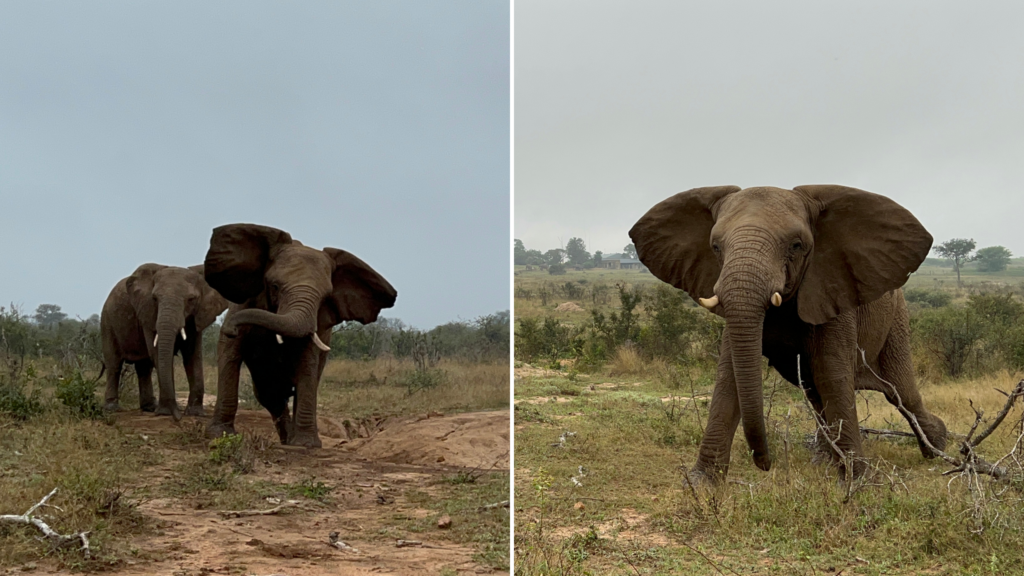
Tactile Communication
Elephants also use their ears to touch other elephants and communicate with them by doing so. They spread their ears and brush one of their ears against another elephant.
When do elephants communicate in this way?
• Elephants may brush their ears against another elephant to greet them. This is done in conjunction with other actions, and together these actions serve as a means of building trust and strengthening social bonds.
• Elephants may brush their ears against another elephant to placate or pacify them after wronging them in some way, such as after bumping into them. In this way, it serves as an act of conciliation.
• Calves may brush their ears against their mother or an older elephant to solicit something from them, such as food. This is done in conjunction with other actions.
Resources
Poole, J & Granli, P. (2011) Signals, Gestures, and Behavior of African Elephants, The Amboseli Elephants: A Long-Term Perspective on a Long-Lived Mammal, Chapter 8. Available at: https://www.researchgate.net/publication/263654219_Signals_gestures_and_behaviors_of_African_elephants.


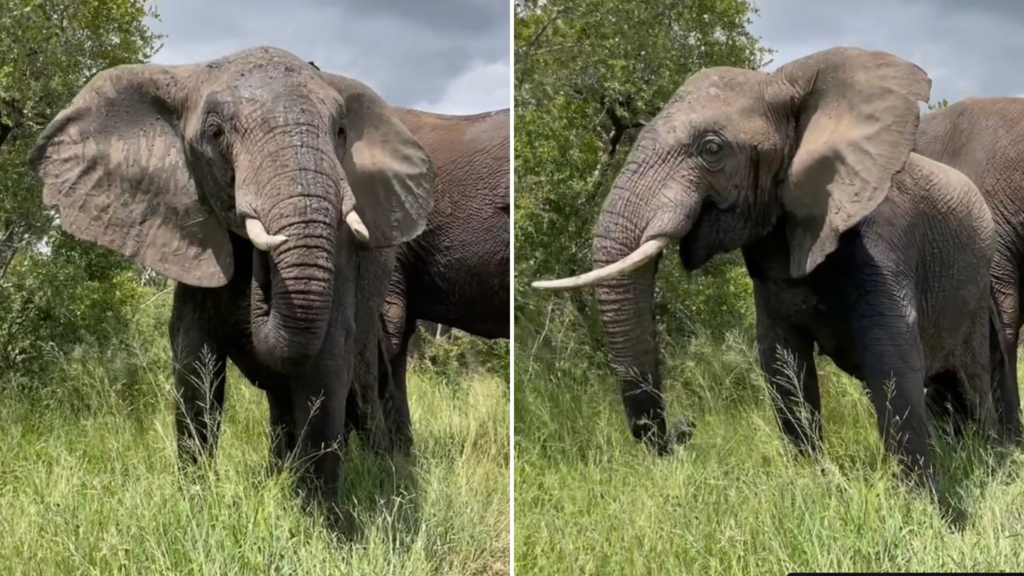
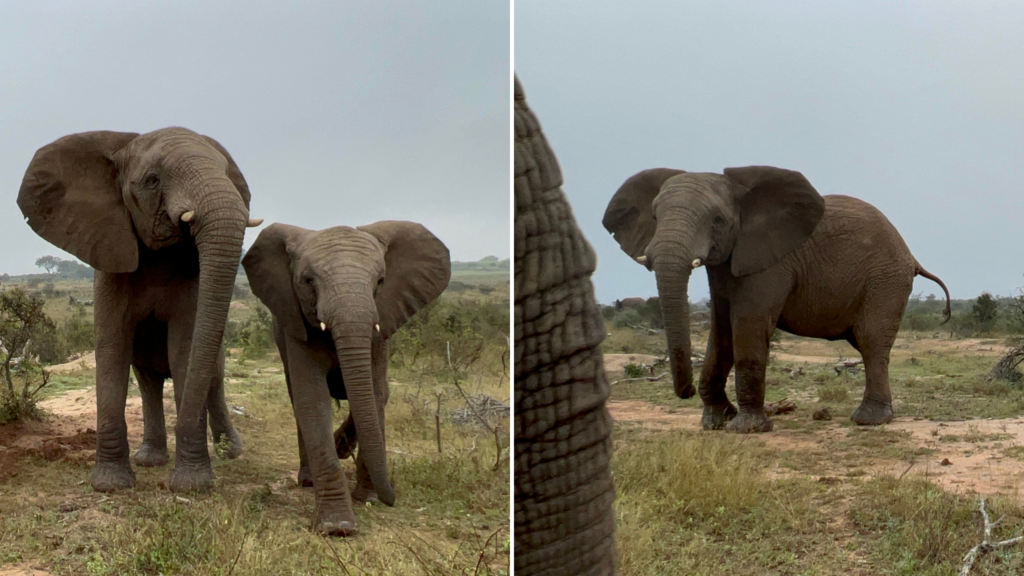
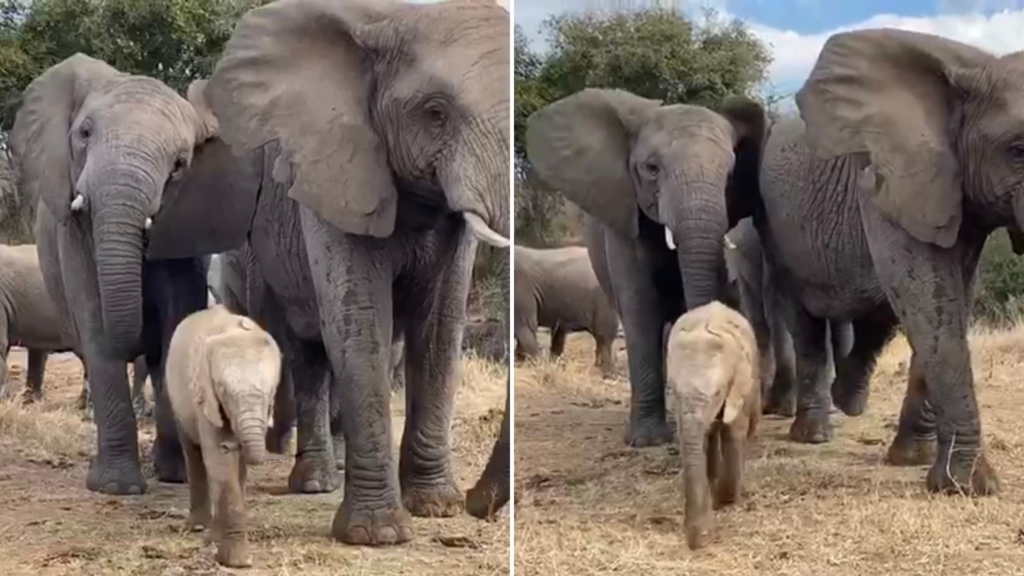

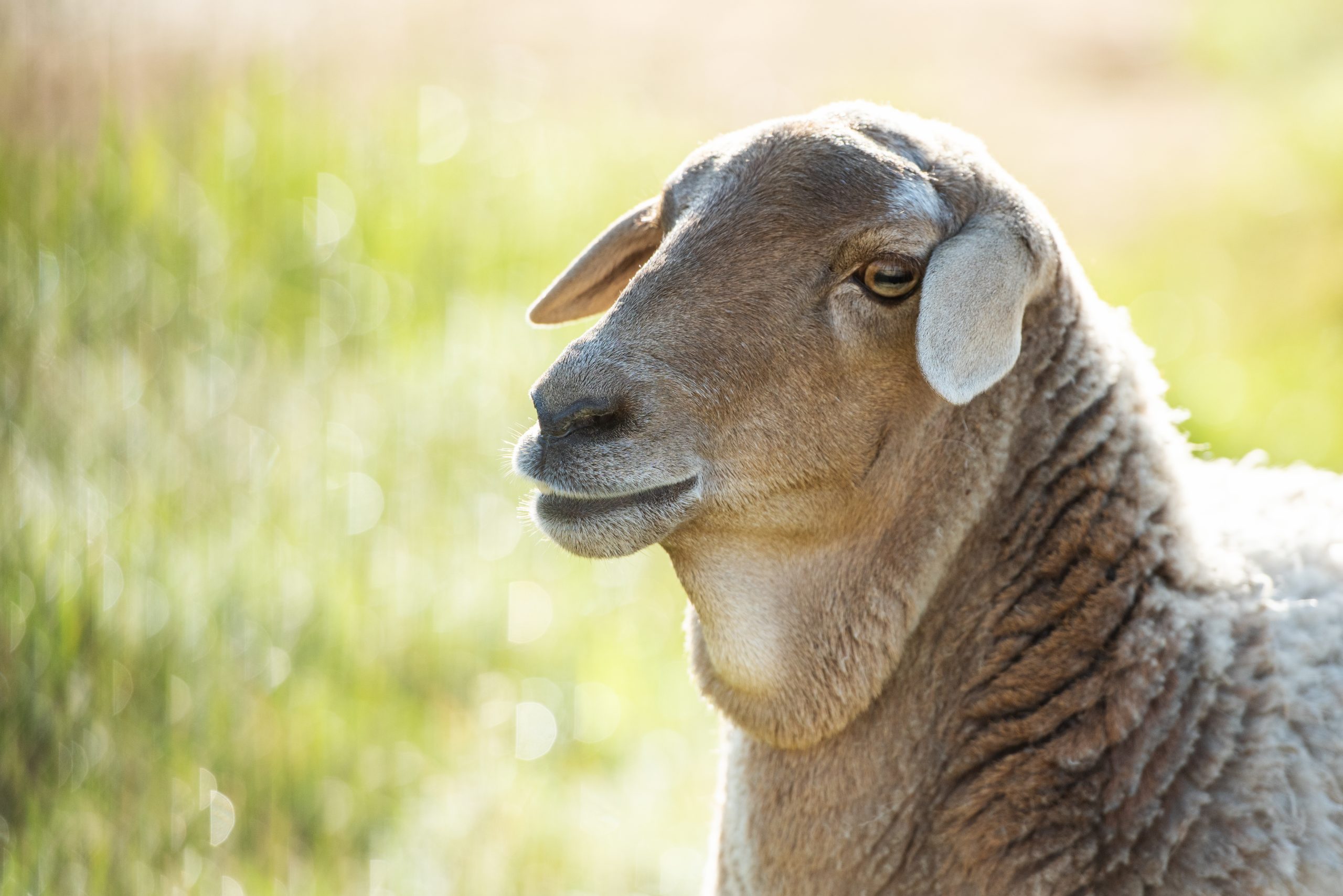
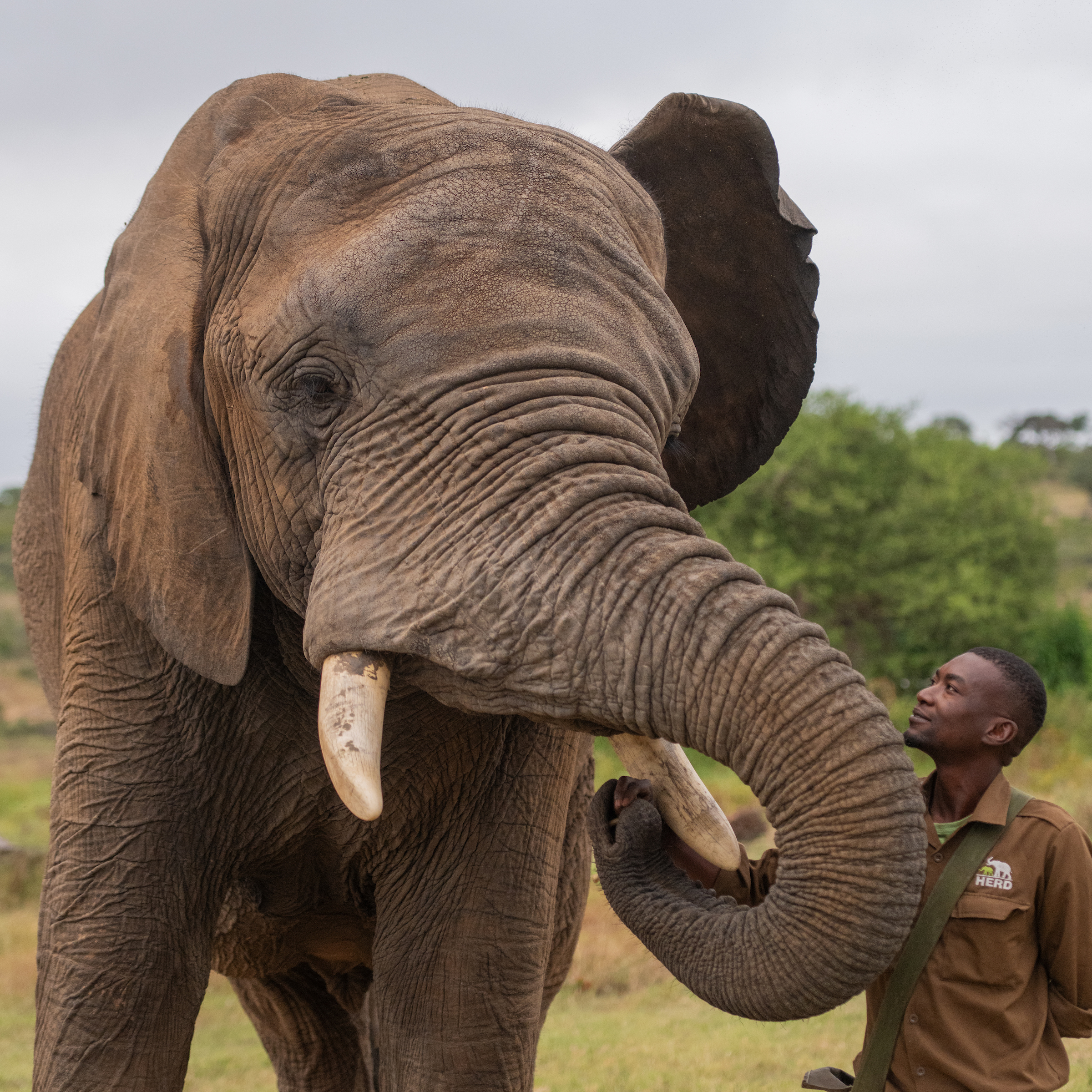

Helen
Elephants are So Interesting, So Captivating and So Precious. ❤️?
D. Lindsay
invaluable information. the study, I would think, must coincide and/or juxtapose with your observations. gathered info about these magnificent beings can help so much to keep them in the world despite human behaviors. bravo.
Sharon J Fastnaught
So much amazing information. Elephants are so much more complex than I ever realized. Thank you for this great learning lesson.